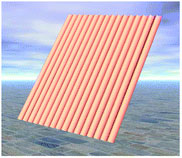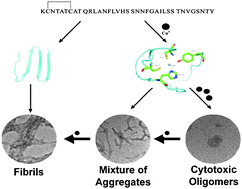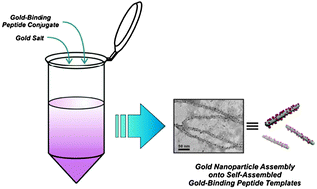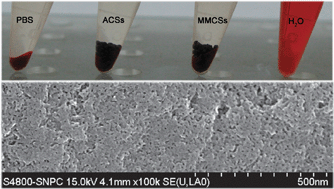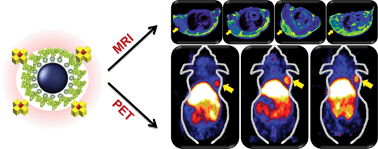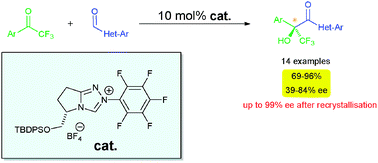One country, three cities, three meetings – The Royal Society of Chemistry (RSC) and Unilever are coming to China.

This Symposium will feature three one day meetings that will take place at three different locations throughout China. Each one day meeting will feature a selection of lectures covering the properties and applications of many different materials given by some of the world’s leading international scientists. The symposium is supported by Unilever and has been organised by them, the RSC, as well as the three host universities.
The three symposia will take place at the following:-
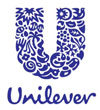 * Monday 8th November – Symposium at University of Chemical Technology (BUCT), Beijing, hosted by Professor Wantai Yang
* Monday 8th November – Symposium at University of Chemical Technology (BUCT), Beijing, hosted by Professor Wantai Yang
* Wednesday 10th November – Symposium at Zhejiang University, Hangzhou, hosted by Professor Bogeng Li
* Thursday 11th November – Symposium at East China University of Science and Technology (ECUST), Shanghai, hosted by Professor He Tian
Attendance at any of the three one day meetings is free although delegates are asked to register; The symposium will appeal to academic and industrial scientists with an interest in functional materials science. Student participation is also strongly encouraged and each symposium will offer students the opportunity to present their work during a poster session.
For more information on this symposium, or to see the list of speakers or to register your attendance please visit the website for more details.


